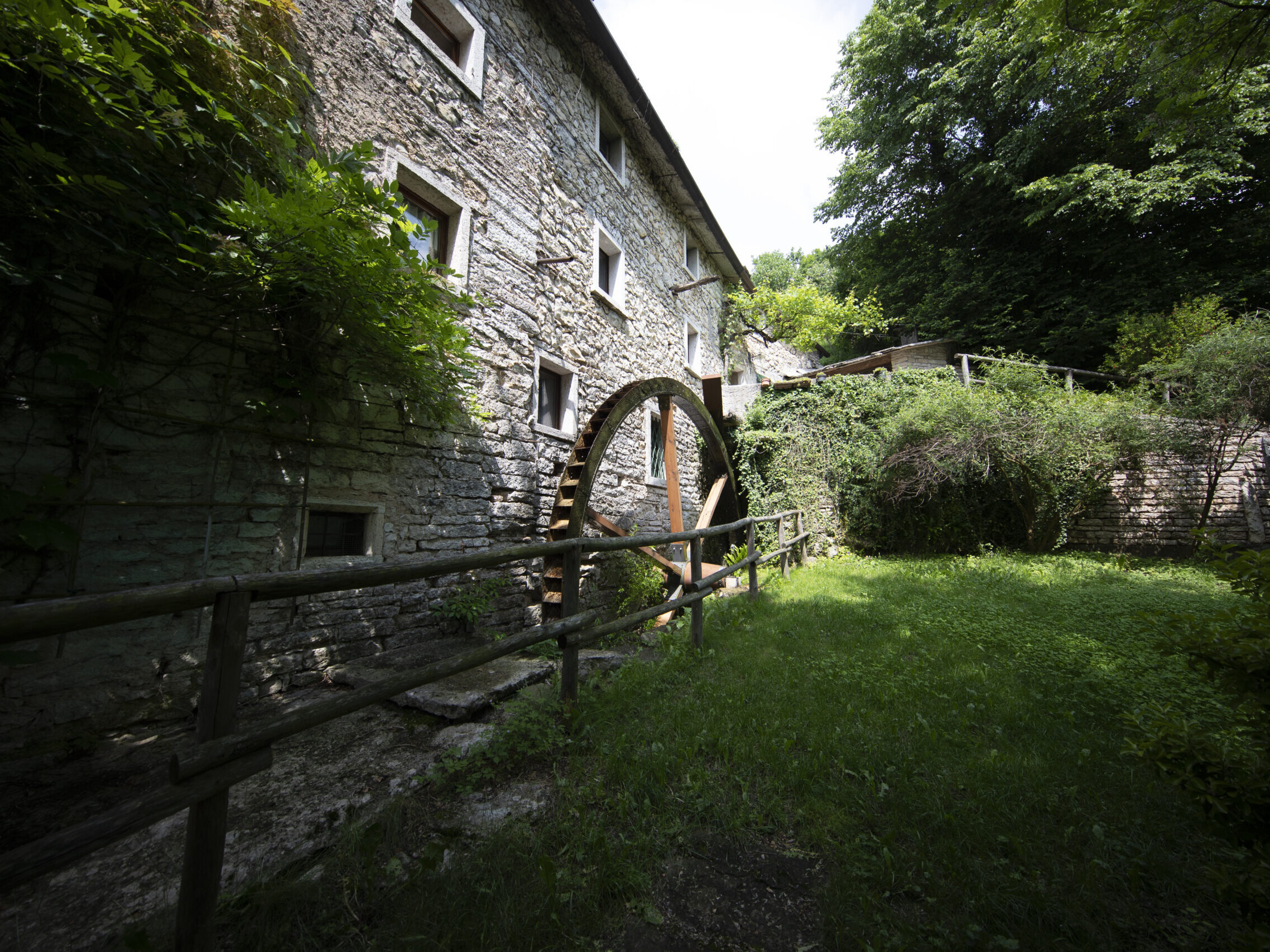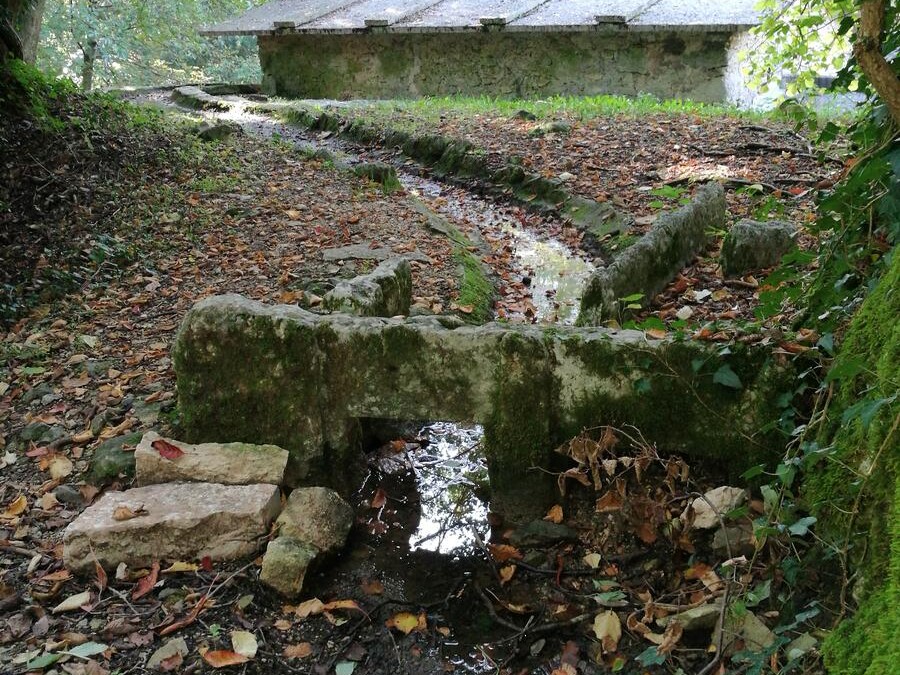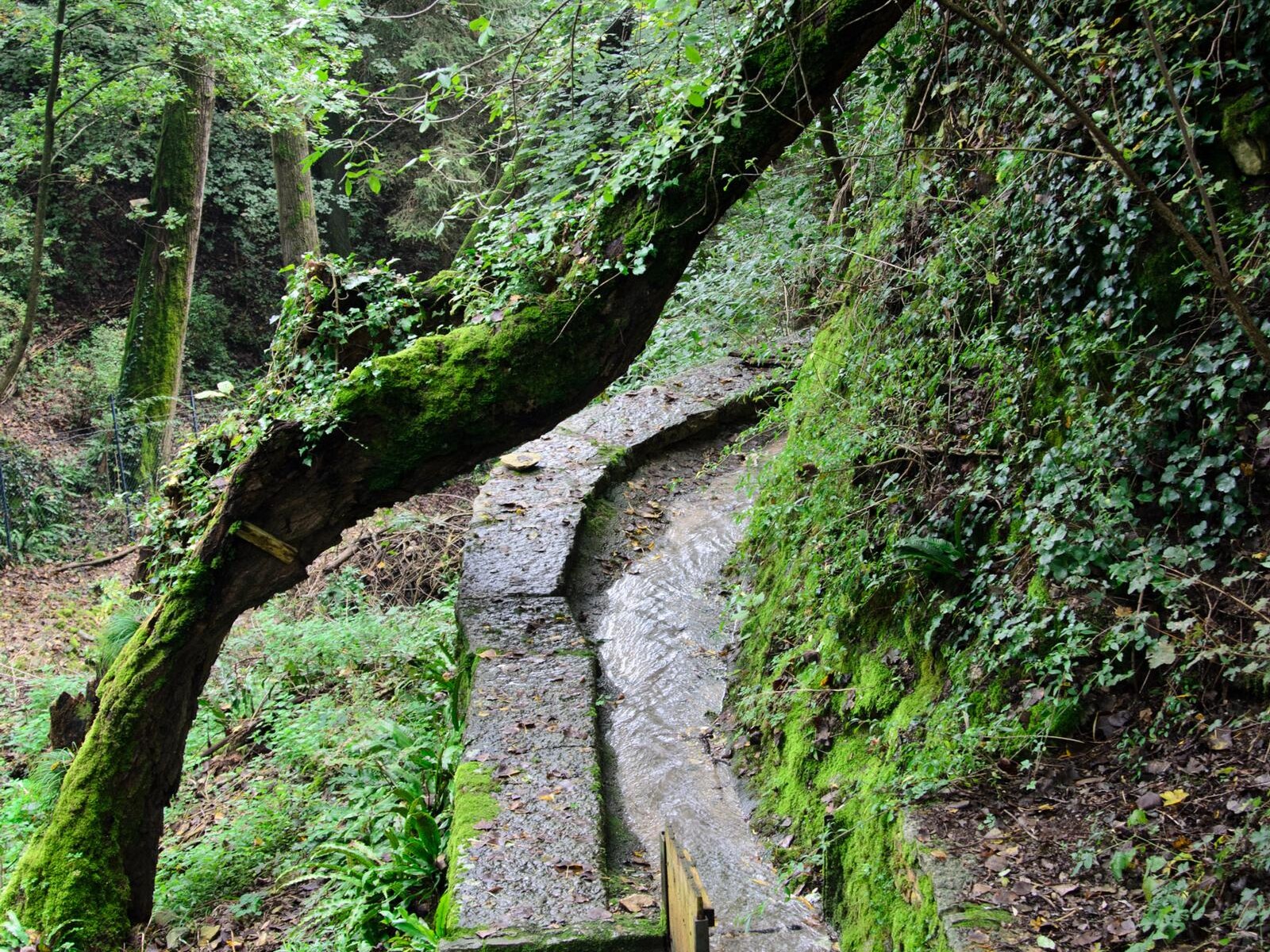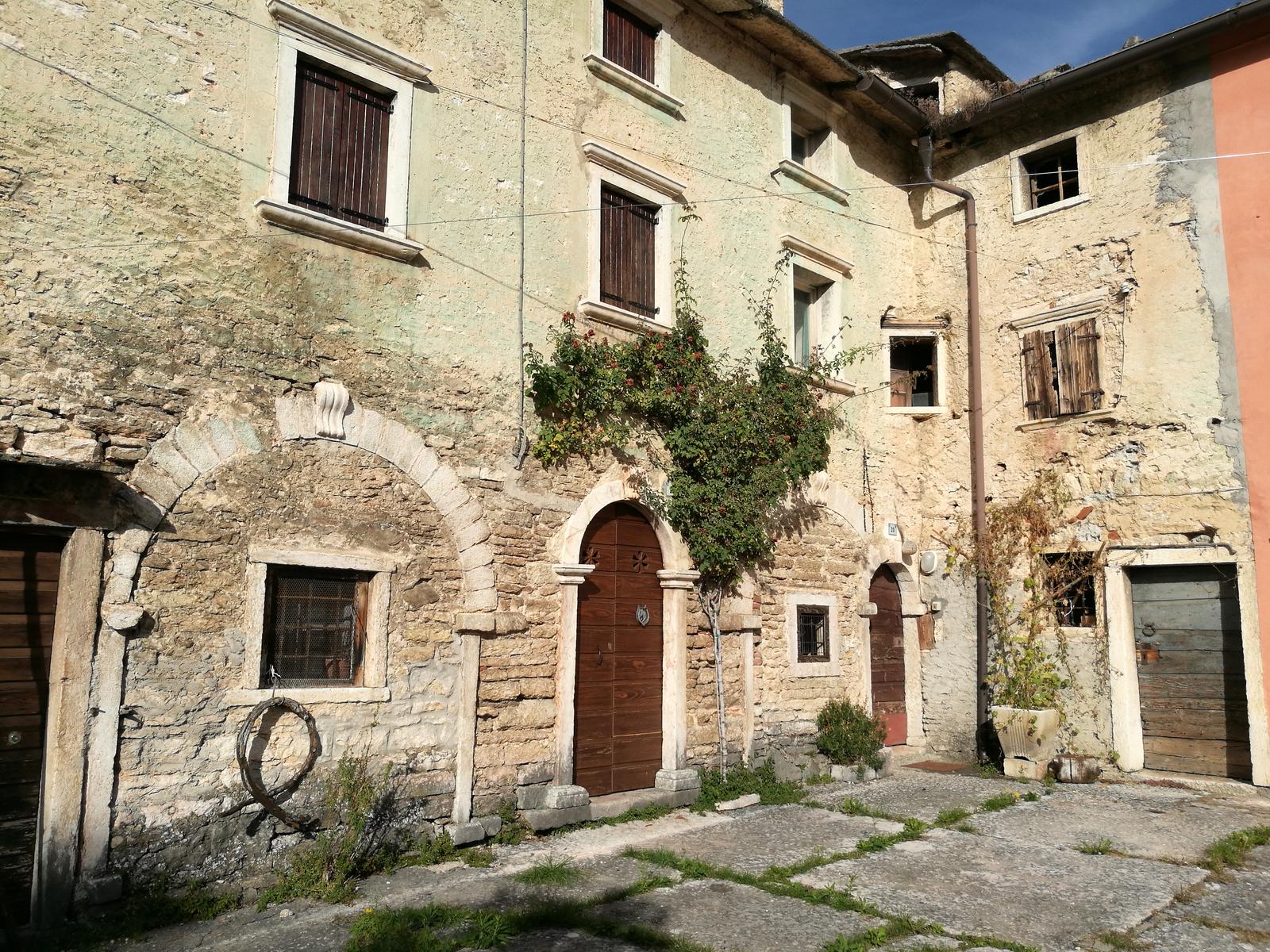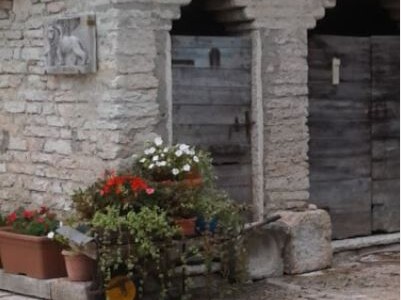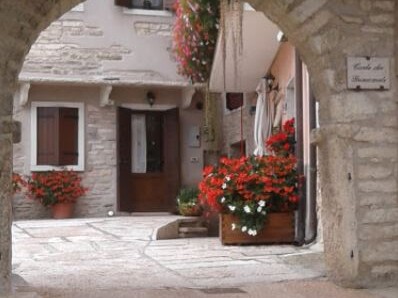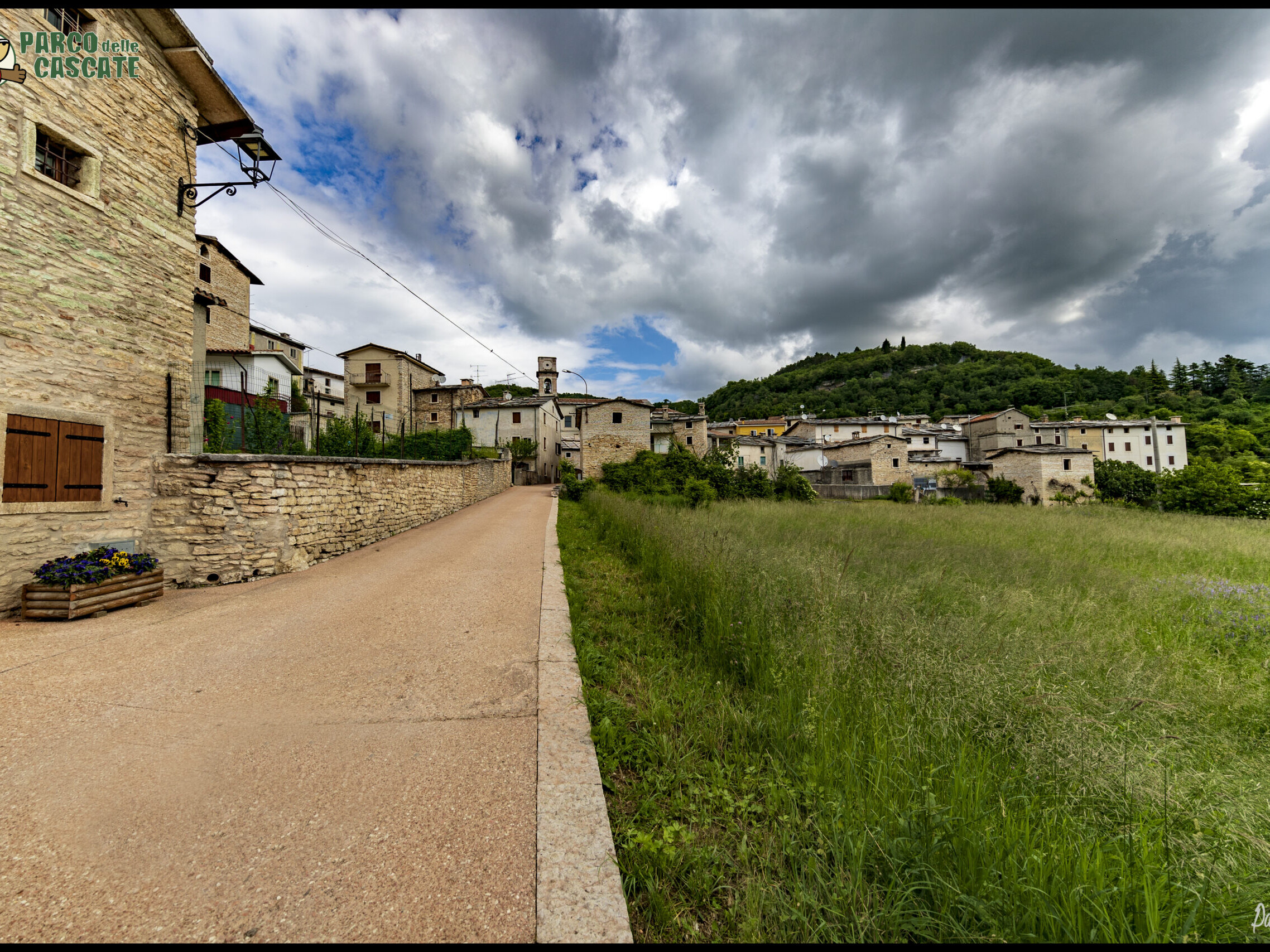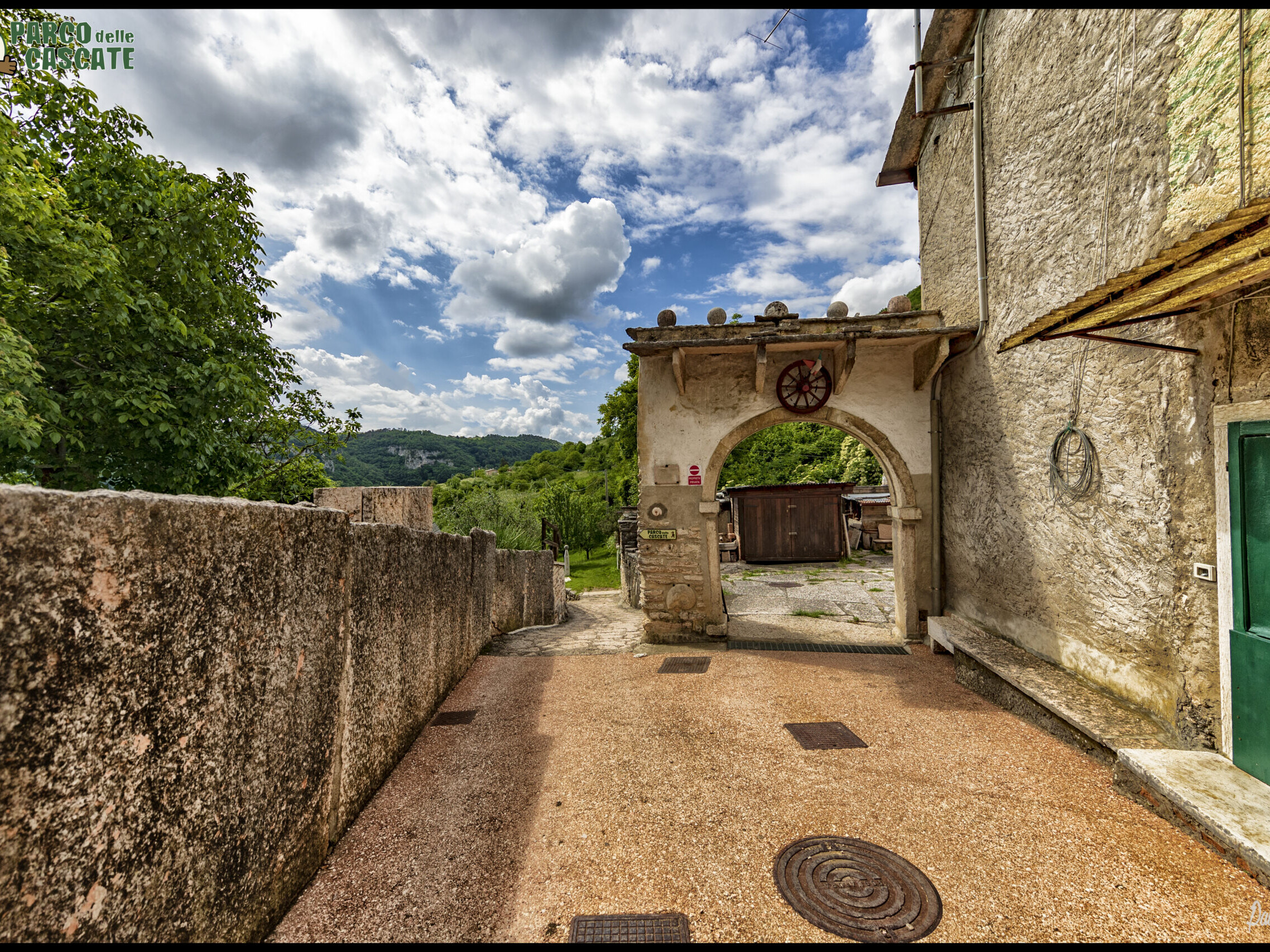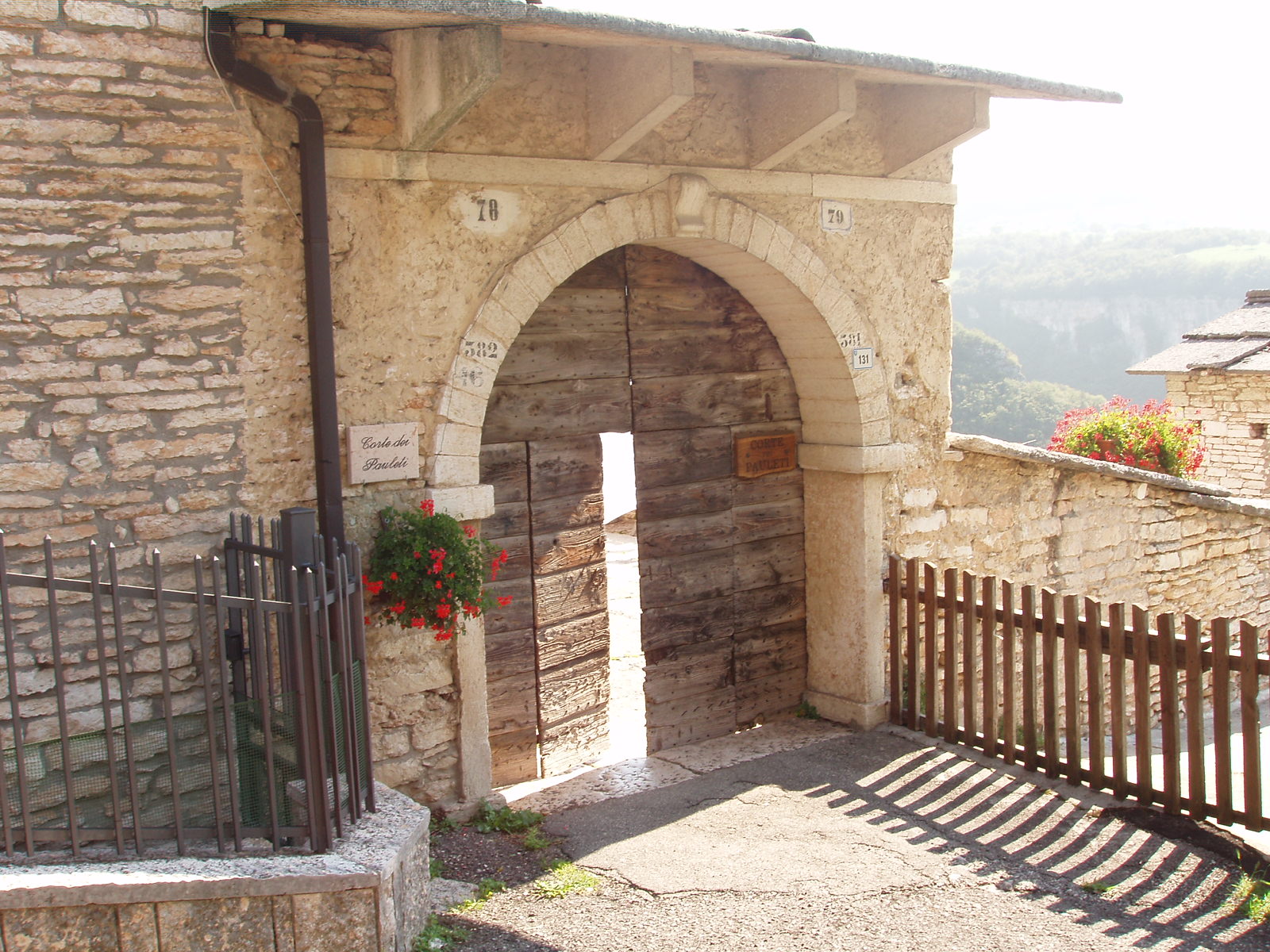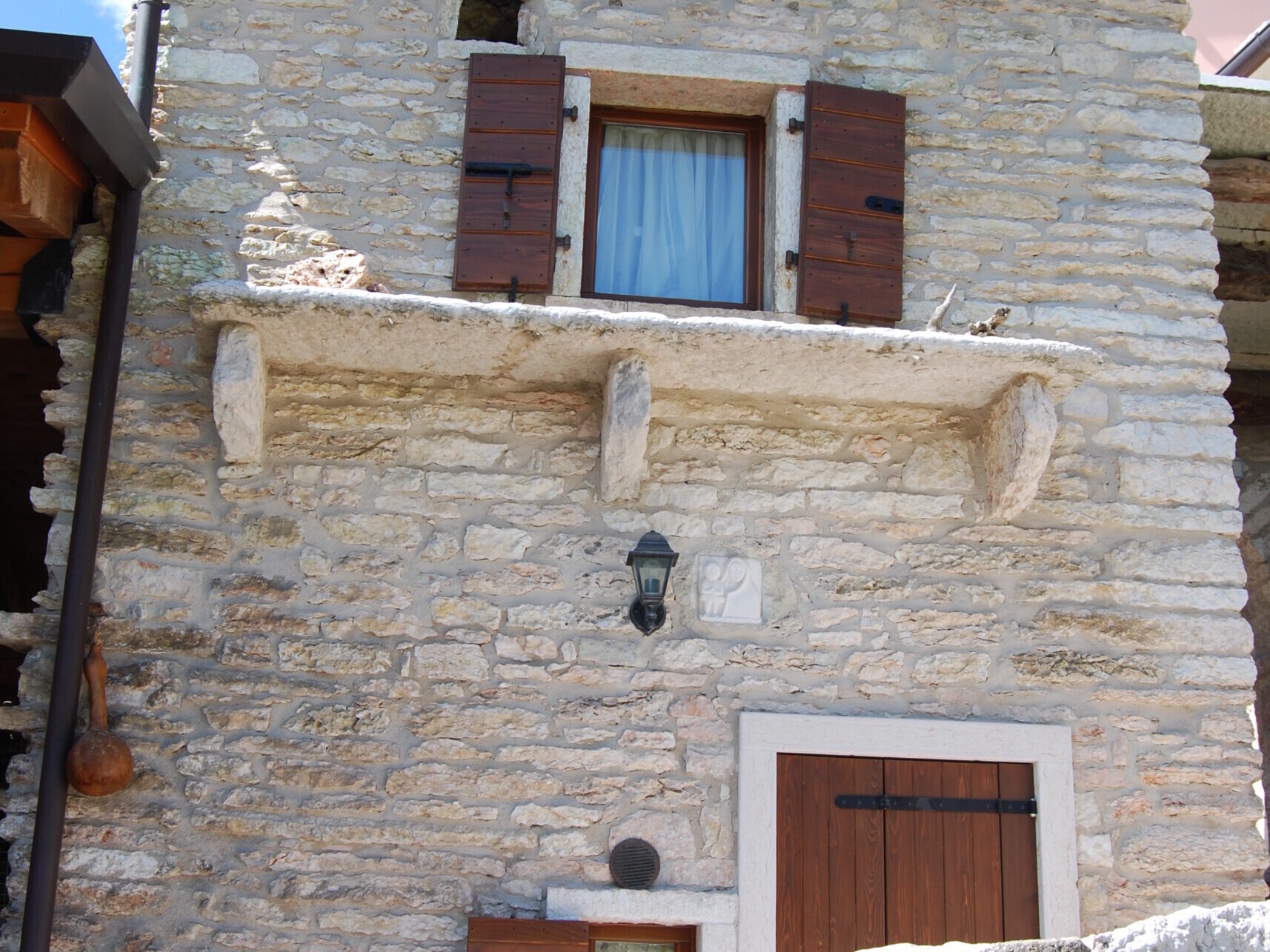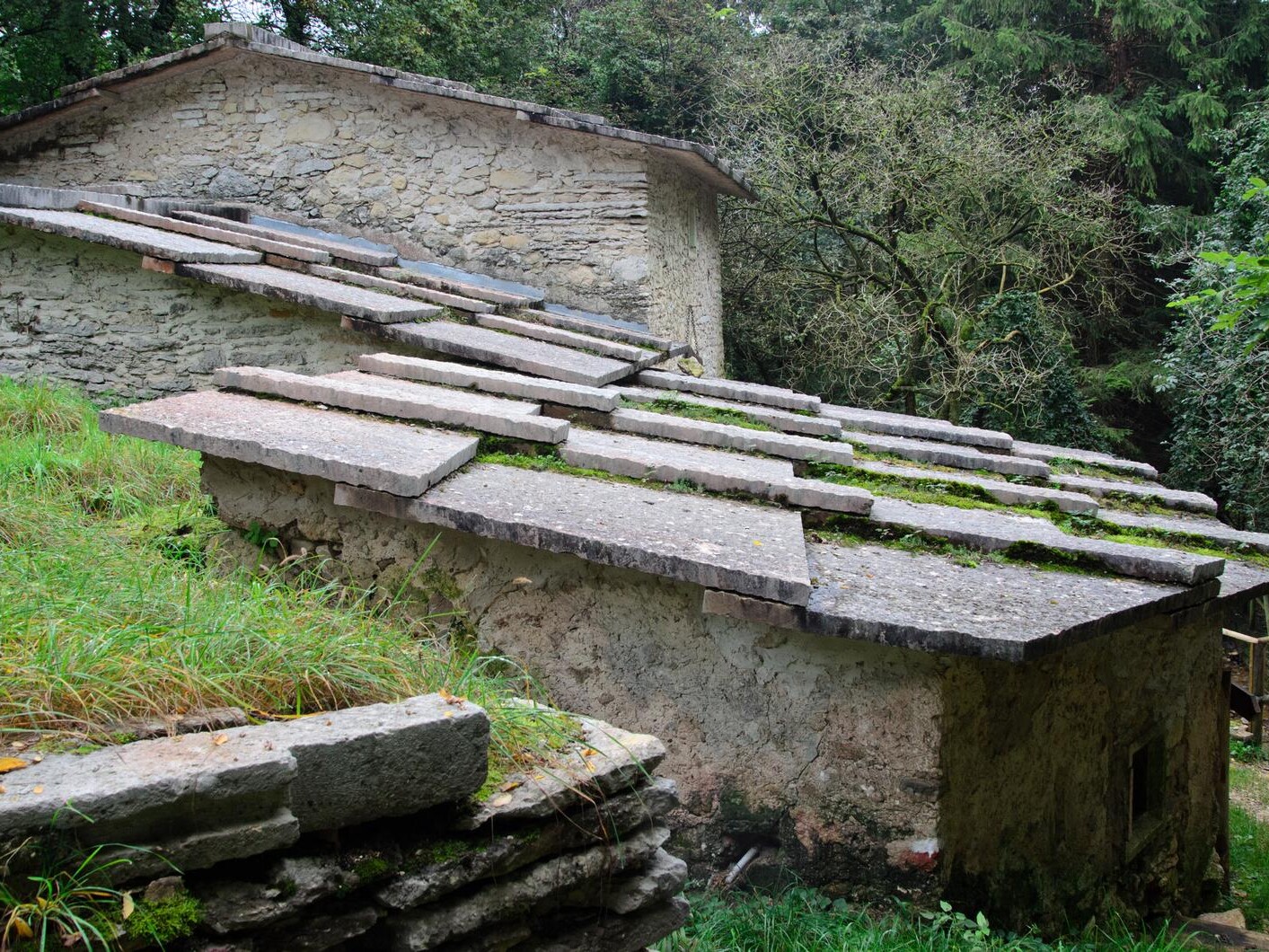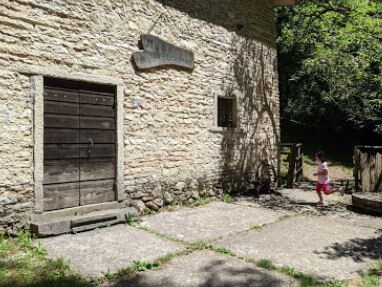The historic heritage: ingenuity and industriousness
Medieval documents have revealed that milling has been a crucial activity in Molina since at least the 10 th Century a.D. One manuscript in particular announces that on September the 6 th 920, king Berengar I made a substantial donation of assets in the Molina and Breonio area to his faithful Bertelo, consisting of meadows, fields, springs, watercourses and busy mills.
Henceforth, many mills were built near watercourses here and there in this territory and as time passed their number increased, until not very long ago. On a 1735 map, drawn by father Domenico Piccoli, more than 18 working mills appear in the Molina area. Some were used for grinding wheat, oats and other cereals, others for fulling cloth, pressing walnuts for oil and for working iron or wood.
The priceless hydropower provided by the extraordinary wealth of springs and watercourses in the area was of course the main feature that enabled the establishment of all these mills. The flow of water was diverted to the mills by means of manageable channels or pipes and sluices and led to drop over and drive the machinery before continuing its race to the next mill downhill.
The layout of the village is also typically medieval, with its enclosed courtyards, houses, stables, stairways, wall fountains and even rooftops built with stone ashlars and slabs. The easily quarried local sedimentary limestone, called Pietra di Prun, is the main raw material used for building.
You can discover the historic heritage of Molina’s watermills thanks to the restoration and reactivation of the Mulin de Lorenzo and the Mulin dei Veraghi, both located in the village.





